Part 1 of 2 articles
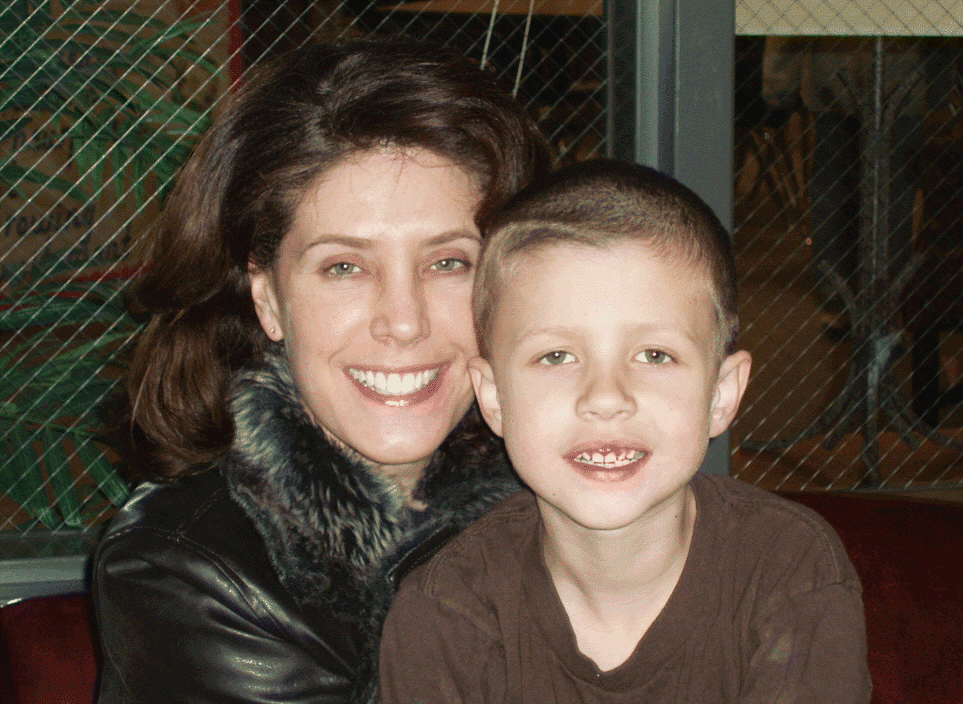

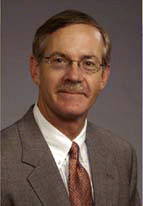
With the advent of fiberoptic and distal-chip scopes and other innovations, otolaryngologists are now able to perform many laryngeal diagnostic and therapeutic procedures on awake patients in the in-office setting rather than on fully anesthetized individuals in the operating room.

Does multilevel upper airway surgery preclude continuous positive airway pressure (CPAP) usage, and is there a best way to repair cerebrospinal fluid (CSF) leaks?
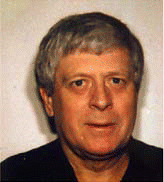
Even though tonsillectomies are a commonly performed procedure, research continues to find out more about how to best do the surgery, as well as other values of the procedure.
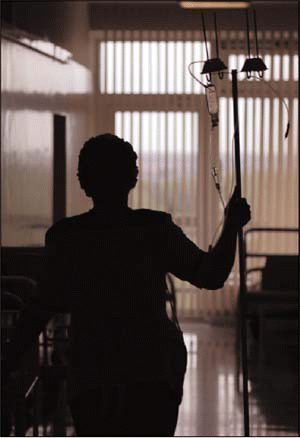
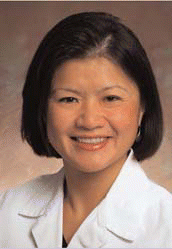
Laser involution of early stage glottic cancer-with complete treatment of the malignancy weeks after the first session-appears to offer long-term control of the disease while preserving excellent voice function, researchers reported at the 88th annual meeting of the American Broncho-Esophagological Association (ABEA).
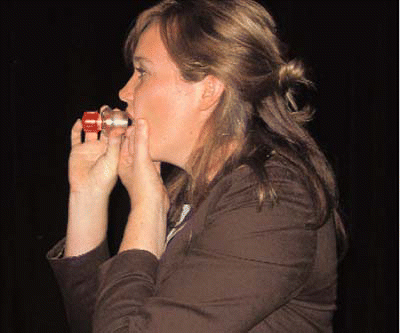
A novel device that was developed to help improve cough in patients with Parkinson’s disease (PD) has an intriguing additional effect-it helps improve swallow function too.
Individuals identified with sleep apnea appear to have a different pattern of deglutition when they are sleeping than do healthy subjects, say researchers who specialize in swallowing studies.
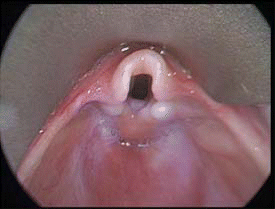
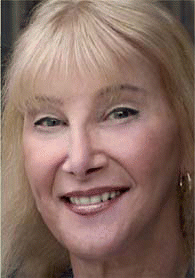
Every five years I make a list of the ten toughest problems in laryngology, said Jamie Koufman, MD, Director of the Voice Institute of New York.